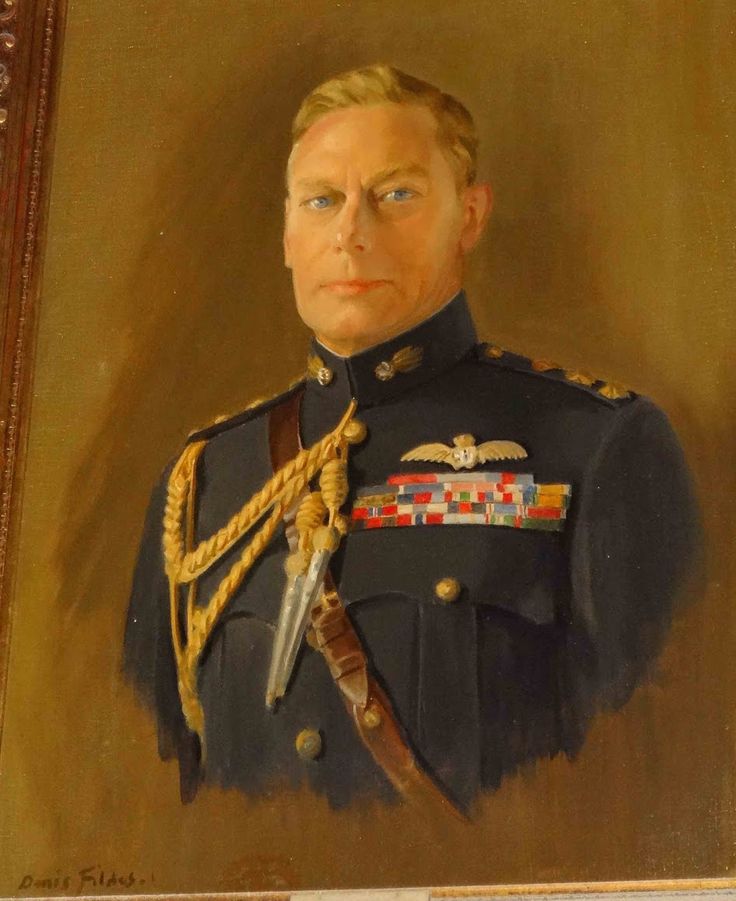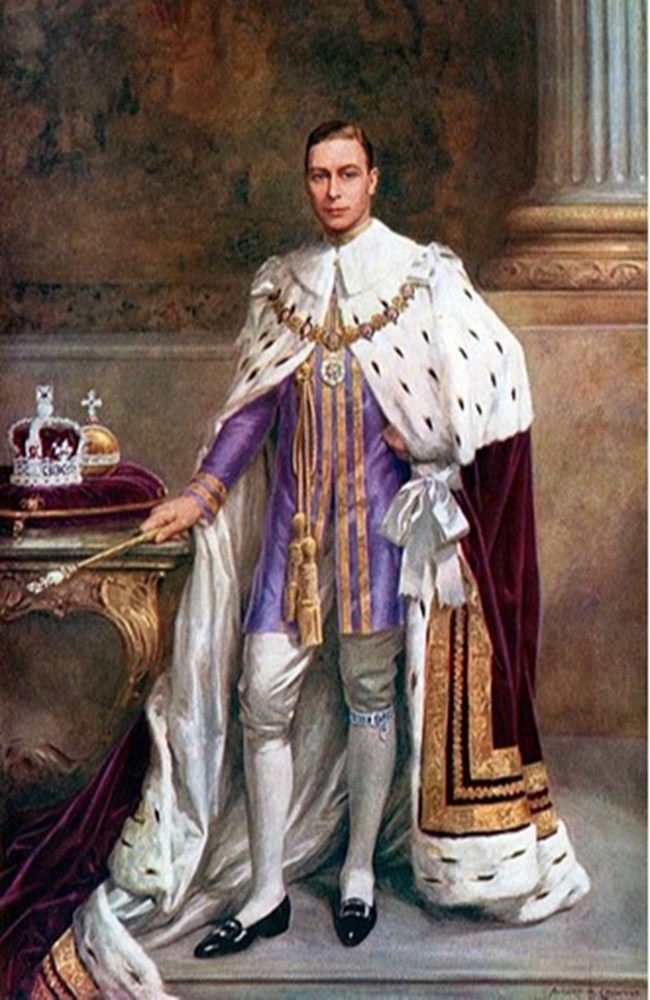The Legacy of King George VI: A Monarch’s Journey
Introduction:
King George VI, reigning from 1936 to 1952, played a pivotal role during a tumultuous period in world history. His reign witnessed the challenges of World War II and the subsequent restructuring of the British Empire. In this article, we’ll delve into the life of his, exploring his role as a monarch and addressing the intriguing question of whether he had children.

Who was George VI?
George VI, born Albert Frederick Arthur George, ascended to the throne unexpectedly after his brother, Edward VIII, abdicated in 1936. George VI faced the daunting task of leading the British Empire through a time of global uncertainty. Known for his resilience and commitment to duty, King George VI endeared himself to the public during his reign.
Key Accomplishments:
Despite the challenges of his era, he made significant contributions to the monarchy. One notable achievement was his role in maintaining morale during World War II. His speeches, including the famous Christmas broadcasts, resonated with the public and served as a source of inspiration during the darkest days of the conflict.
Legacy and Impact:
The legacy of King George VI extends beyond his wartime leadership. His commitment to modernizing the monarchy and adapting to changing times laid the groundwork for the future. George VI was not only a symbol of stability during a turbulent period but also a monarch who understood the evolving role of the British Crown.
Did King George VI have children?
King George VI and Queen Elizabeth, later known as the Queen Mother, were the parents of two daughters: Elizabeth (who later became Queen Elizabeth II) and Margaret. Elizabeth’s ascent to the throne in 1952 marked the continuation of the royal lineage. The king’s devotion to his family and the challenges they faced during the war endeared the royal family to the British public.
The Impact on Succession:
The birth of Elizabeth and Margaret had profound implications for the line of succession. Elizabeth, the elder daughter, became the heir presumptive, eventually becoming the longest-reigning monarch in British history. King George VI’s commitment to ensuring the stability of the monarchy played a crucial role in shaping the future of the royal family.
Conclusion: A Monarch Remembered
In conclusion, King George VI’s reign remains a defining chapter in the history of the British monarchy. His steadfast leadership during World War II and his contributions to the modernization of the monarchy showcase a monarch deeply committed to his role. The impact of his extends to the present day, as his legacy continues through his descendants, particularly his daughter, Queen Elizabeth II.
As we reflect on the life and reign of King George VI, we are reminded of a monarch who faced adversity with resilience and left an indelible mark on the pages of history. The story of George VI is not only a historical narrative but a testament to the enduring strength of the British monarchy.
